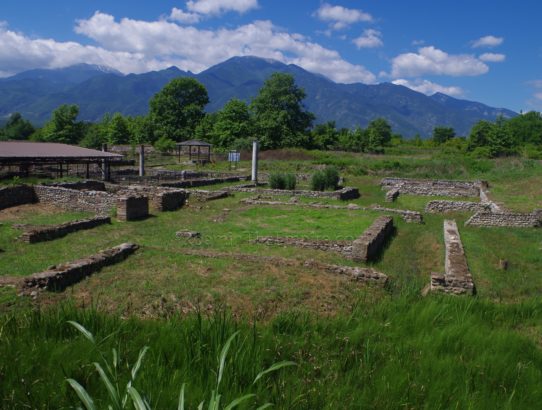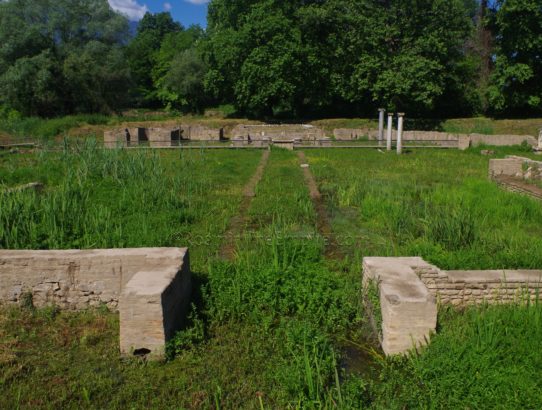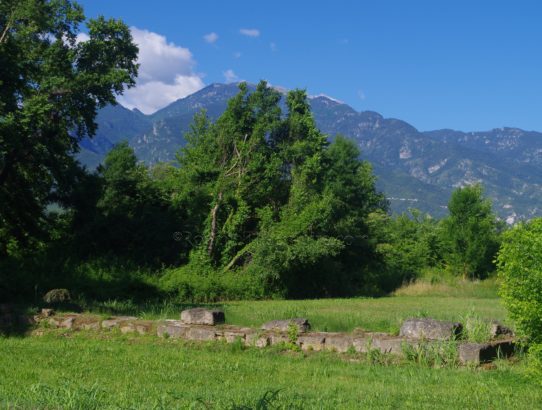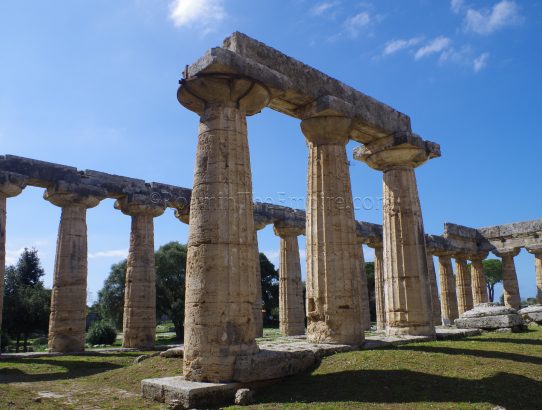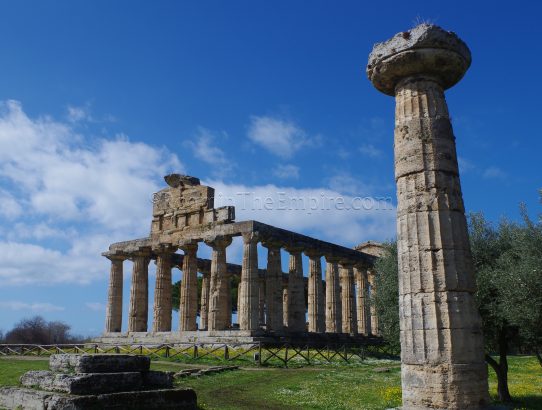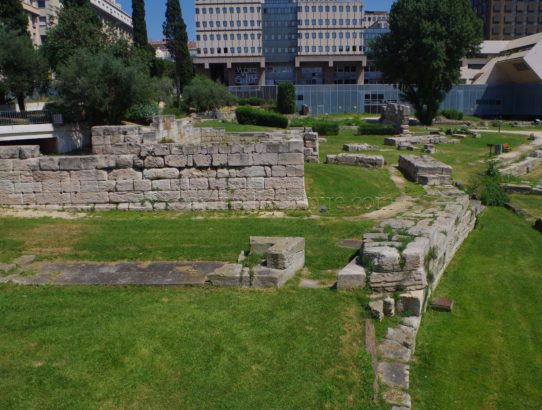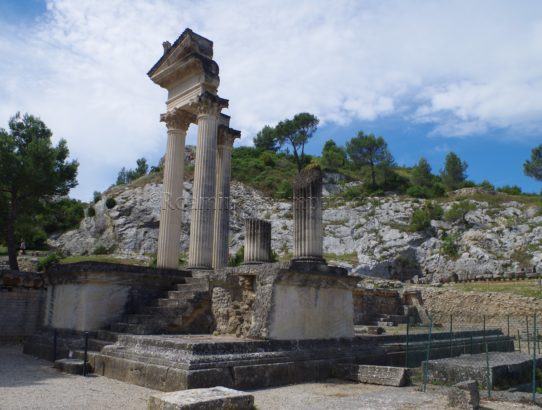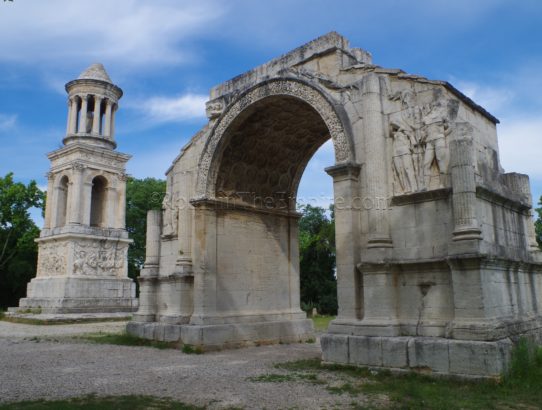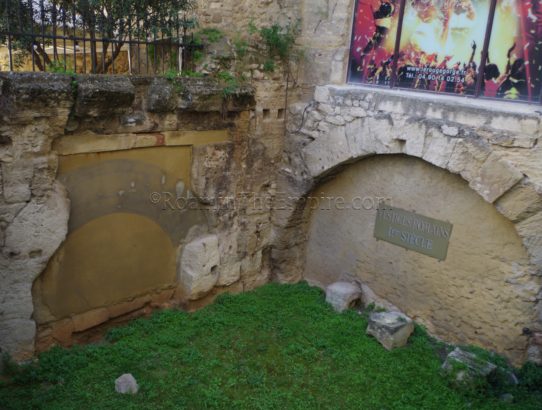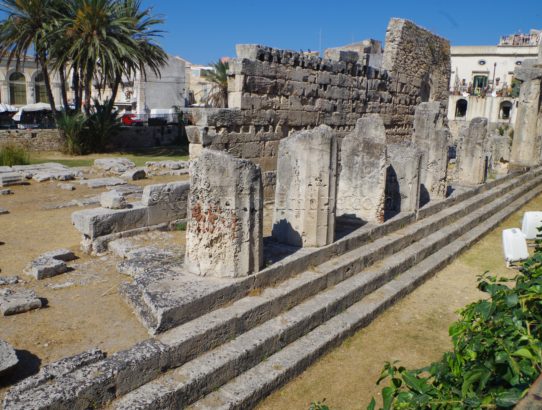Dium, Macedonia – Part IV
Continued From Dium Part III To the west of the forum of Dium, across the previously mentioned small road running along the west side of the forum, is the Episcopal Basilica. Construction was begun on the basilica in the late 4th century CE, but was never finished due to destruction from an earthquake. A new…
Read More


